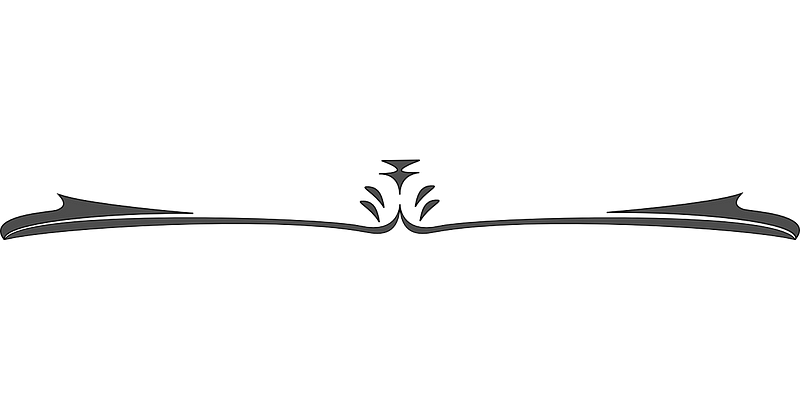Mastering the Future: Insights Through Probability and Forecasting
Written on
Understanding Probability in Forecasting
I possess a unique ability to foresee future events, not through supernatural means but rather through scientific principles. My interest in forecasting was ignited after watching films like “The Big Short” and “Moneyball,” which highlighted the power of data-driven predictions.
Initially, probability was classically defined as the ratio of favorable outcomes to total possible outcomes within a situation where all outcomes are equally likely. This concept of "equiprobable" suggests that different events can coexist with equal chances of occurring. It may seem intricate, but it becomes clearer when considering examples such as rolling a die and the likelihood of landing an even number (2, 4, or 6).
Modern forecasting begins with a defined sample space, which encompasses all potential outcomes. This approach is grounded in empirical data rather than mystical interpretations.
To better understand probabilities, one might explore various theorems such as Bayes' Theorem. In probability theory, certain random variables frequently arise because they effectively describe numerous natural and physical phenomena. Key distributions include discrete types like the Bernoulli and Poisson distributions, as well as continuous types such as the normal and exponential distributions.
Don't let these terms intimidate you; even I struggled with math during my school years. Simple explanations can be found on platforms like Quora.
The future is inherently undefined, lacking shape or substance. Despite this, many of us behave as if we can mold the future to our desires. The reality is that we cannot fully grasp the limitations of what lies ahead, nor can we quantify it accurately. However, by examining concrete data points from both the present and past, we can identify potential patterns that may guide our understanding of what is to come.
It’s essential to recognize that these data points are filtered through our cognitive biases, allowing us to make informed guesses about events over specific timeframes. Ultimately, time is merely a continuum of events and existence that we categorize into past, present, and future.
To thrive, we must navigate what often appears to be randomness and chaos. This necessitates a discussion of probability and the formulation of theories surrounding it. Probability can be viewed as an unverified intuition or a hunch derived from recognizing patterns.
A proficient forecaster employs critical thinking and deductive reasoning to create order from chaos. Every scientific theory begins as a hypothesis, gathering ideas that, while not yet proven, show potential based on observable patterns.
As evidence supports a hypothesis, it progresses to the next stage in the scientific method—a theory, which serves as a framework for organizing seemingly random data points. This enables us to formulate strategies for various situations. Notable theories relevant to forecasters include Rational Choice Theory and Systems Theory.
Next comes the practice of Measure Theory, which allows forecasters to quantify aspects such as volume, area, and probability. This scientific application of probability in forecasting requires a collective of thinkers who grasp Measure Theory's significance.
Because probability is analytical, Measure Theory is pivotal for rational analysis. By defining conditions, boundaries, and the meanings of numerical expressions, we establish limits on our predictions. This framework assists us in understanding how people, places, and events are likely to evolve.
The concept of measurability emerges from this process. It enables forecasters to develop expectations about the future while reducing bias in decision-making. Many forecasters utilize dynamic models—simplified representations of real-world entities, often created through computer coding. These models aim to replicate essential features within the forecasting process.
In sophisticated forecasting, the volume of data can be overwhelming. Adept forecasters can sift through this information, distinguishing critical data points from the irrelevant. By filtering and measuring data, they can systematically organize information and predict how it might change.
Probability theory forms the bedrock of statistics. It involves assigning precise probabilities to specific events and the elements that constitute those events.
For instance, let’s examine how Measure Theory aids in stock market forecasting. Initially, investors may rely on intuition to select stocks. While this might work for some, many struggle to differentiate between intuition and mere guesswork.
Takeaway
Consider this straightforward application of Measure Theory in predicting stock market trends. For example, a mathematician might determine that there is a 60% chance a particular stock will decline over the next 48 hours. This seemingly simple assertion can be transformed into a computer simulation, guiding investment strategies based on probability.
This methodology can be applied to numerous aspects of life, enhancing our decision-making processes.
To further explore these concepts, check out this insightful article:
Embracing Uncertainty: Why an Unpredictable Future Is a Landscape of Opportunity
In the grand tapestry of life, it’s often the uncertainty that makes it most vibrant.
futuremonger.com
Here are the trailers for the two films that inspired my journey into forecasting:

Author: Lewis Harrison is a futurist and professional forecaster, serving as the Executive Director of the International Association of Healing Professionals, an organization dedicated to promoting educational programs globally around Intentional Living.
For a decade, Lewis hosted a humor-focused Q&A talk show on NPR-affiliated WIOX FM in New York.
He is always in search of trends and solutions to craft new narratives. Feel free to reach out with ideas for topics at [email protected] or explore his work at www.asklewis.com.